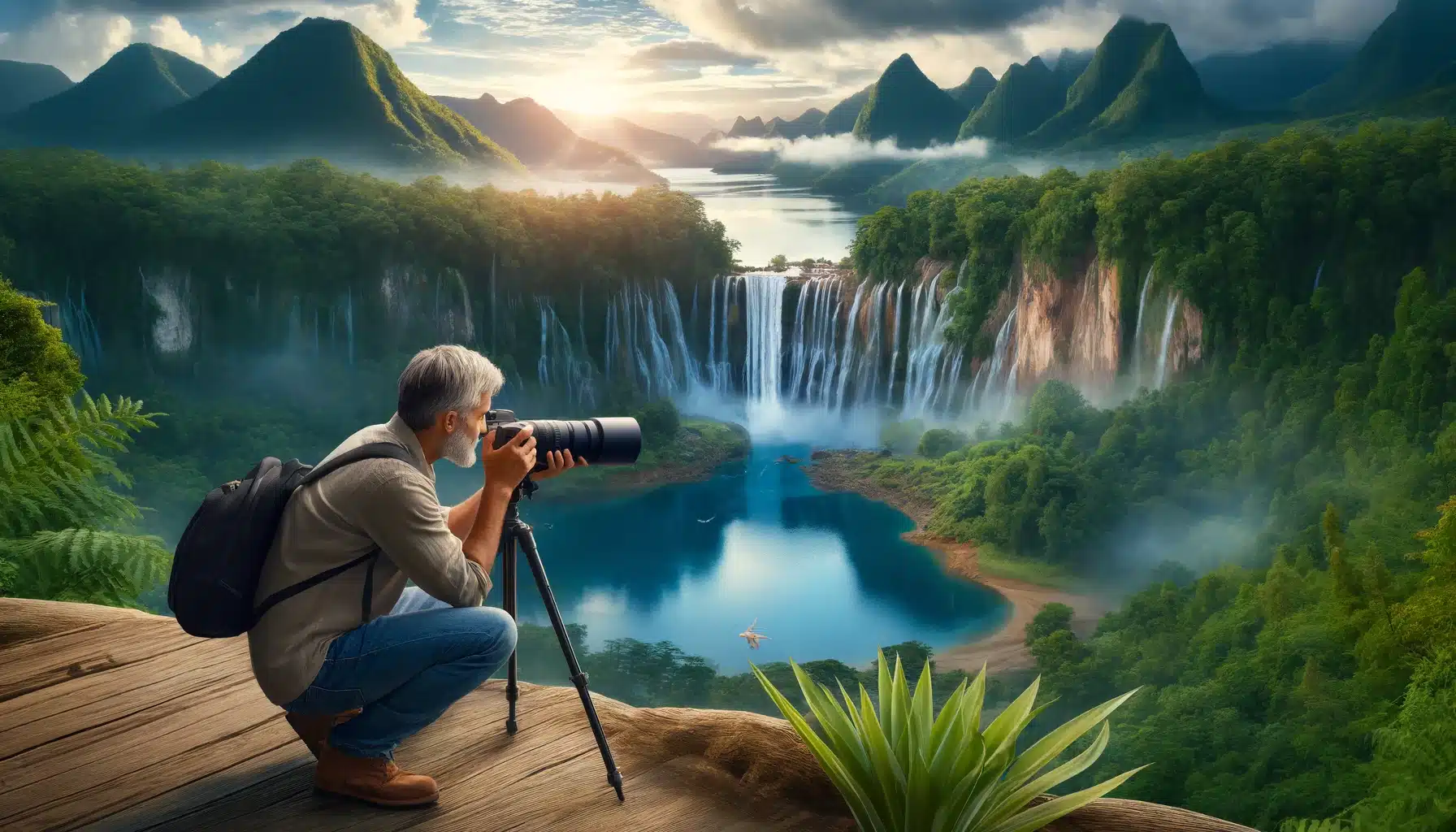The Sweet Life of Bettajelly
Exploring delicious recipes, fun food trends, and lifestyle tips that bring joy to your everyday.
Chasing Light: The Secret Life of Landscape Photographers
Discover the hidden world of landscape photographers and uncover the secrets behind capturing breathtaking shots in Chasing Light!
The Art of Patience: How Landscape Photographers Wait for the Perfect Light
In the realm of landscape photography, patience is not just a virtue; it is an art form that defines the essence of capturing breathtaking images. Photographers often find themselves in remote locations, waiting for the perfect moment when natural elements align to create stunning visuals. This wait can be excruciating, filled with moments of uncertainty and anticipation. However, it is during these intervals of silence that photographers cultivate a deeper connection to their environment, observing subtle changes in light and atmosphere that can transform a mundane scene into a captivating masterpiece.
Mastering the art of patience involves several key practices that landscape photographers rely on. First and foremost, understanding the golden hour—the brief periods just after sunrise and just before sunset—allows photographers to strategically plan their outings. Additionally, learning to read weather patterns and sky conditions can significantly impact the outcome of a shoot. Embracing the slow and deliberate process of waiting can lead to extraordinary rewards, as it heightens the photographer's awareness and appreciation of the fleeting beauty that nature offers.

Essential Gear Every Landscape Photographer Should Have for Stunning Shots
When it comes to capturing breathtaking landscapes, having the right gear is essential for every landscape photographer. First and foremost, a quality camera is critical. A DSLR or a mirrorless camera with interchangeable lenses will give you the flexibility to adapt to different shooting conditions. Additionally, investing in a tripod is important for stability, especially in low light situations where long exposure shots are common. Furthermore, a range of lenses, such as wide-angle lenses for expansive vistas and telephoto lenses for distant subjects, will enhance your photography toolkit.
In addition to the camera and lenses, several accessories can elevate your landscape photography experience. Consider using ND filters to control light exposure and capture smooth water surfaces or soft clouds in your shots. A circular polarizer can also be invaluable for reducing glare and enhancing color saturation, making landscapes pop. Lastly, a weatherproof backpack is essential for transporting your gear safely while exploring various landscapes. With the right equipment, you'll be well-prepared to capture stunning shots that showcase the beauty of nature.
What Makes a Great Landscape Photo? Insights from Experienced Photographers
Capturing the essence of a landscape takes more than just pressing the shutter button; it requires an understanding of composition and lighting. Experienced photographers often emphasize the importance of the golden hour, the period shortly after sunrise or before sunset, when the light is soft and warm. During this time, shadows are elongated, which adds depth to the photograph. Utilizing techniques such as the rule of thirds helps create a balanced image, where the horizon is positioned either one-third from the top or the bottom, ensuring that both land and sky are given significance. Additionally, leading lines, like roads or rivers, can guide the viewer's eye through the landscape, creating a sense of journey and exploration.
Another key element in landscape photography is the use of foreground interest, which contributes to the depth of the image. By incorporating elements such as rocks, flowers, or trees in the foreground of your composition, you not only add context but also create a three-dimensional feel. Many photographers also recommend experimenting with various angles and perspectives to find the most compelling shot. Patience is crucial; waiting for the right moment, whether it's the perfect cloud formation or a fleeting moment of wildlife, can transform a good photo into a great one. Ultimately, the best landscape photographs evoke a feeling, drawing the viewer into the scene and inviting them to explore.